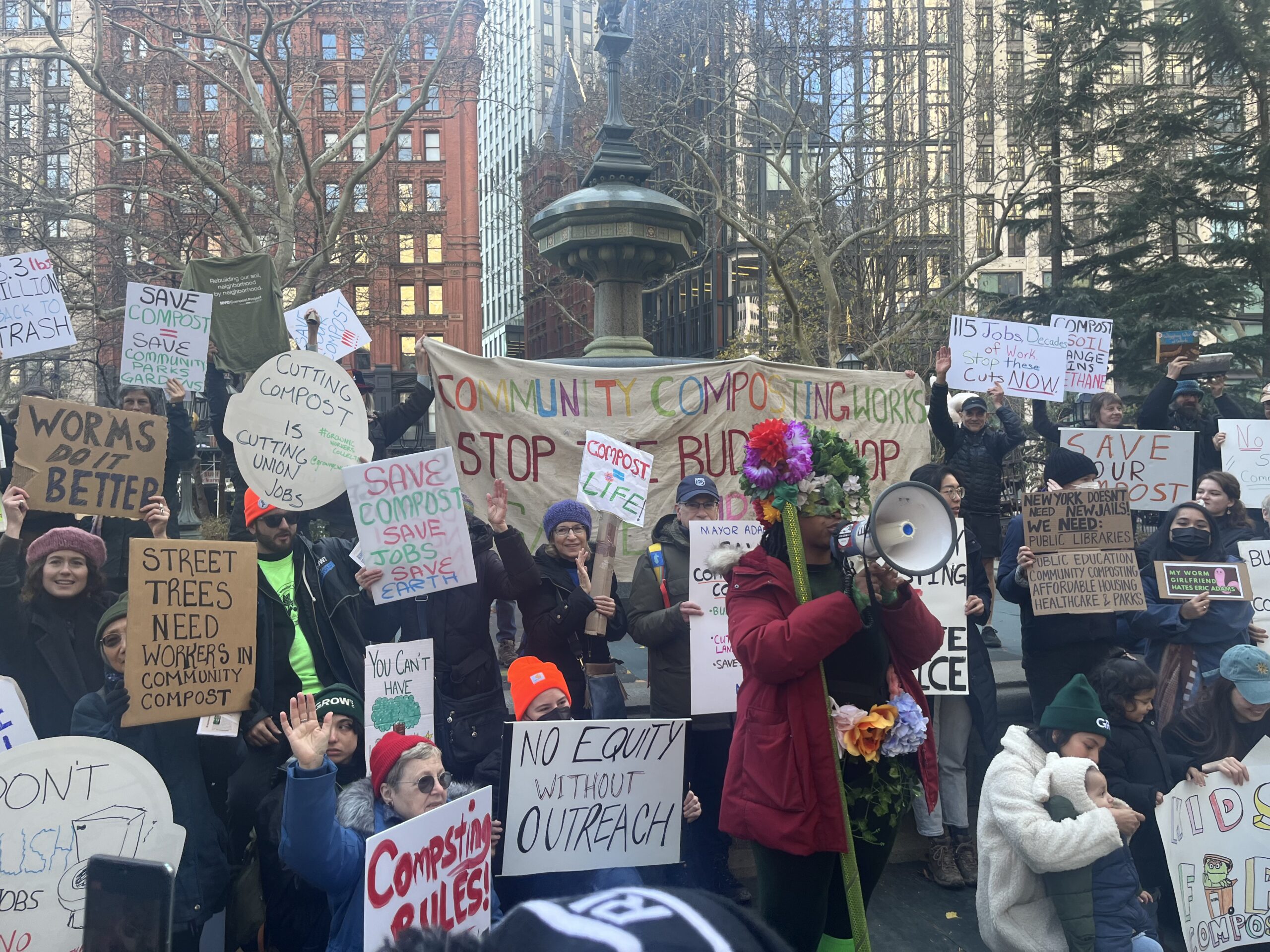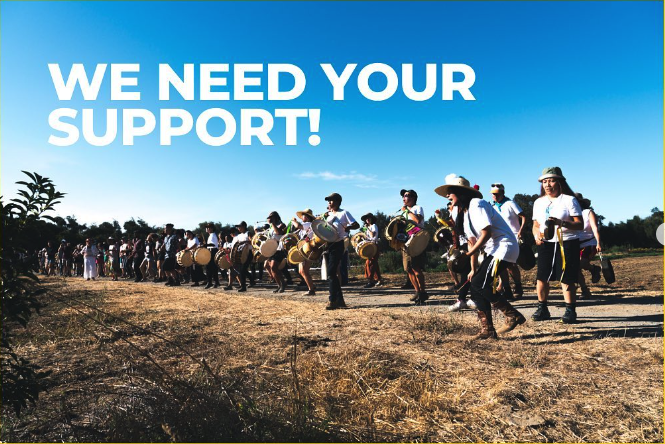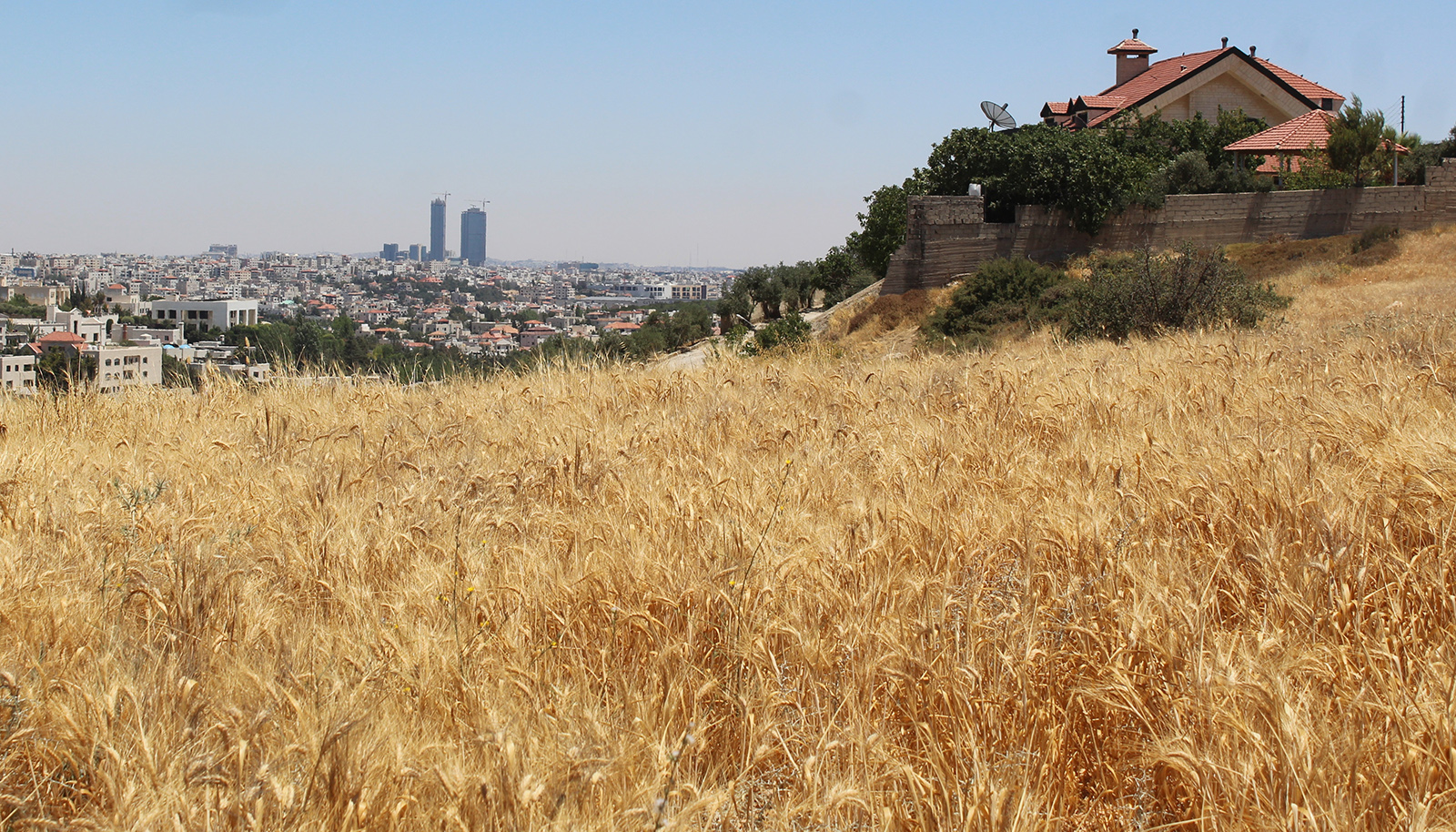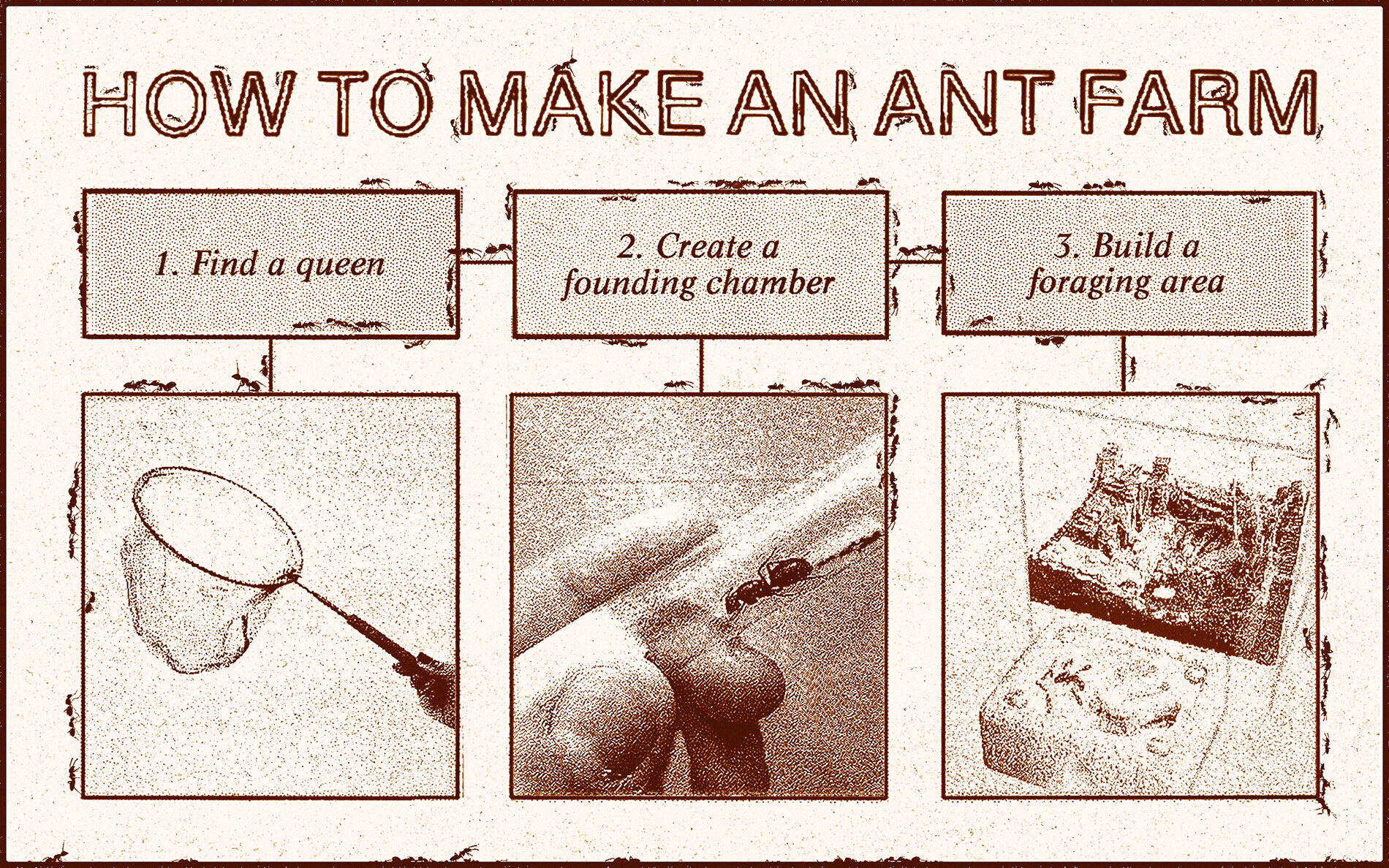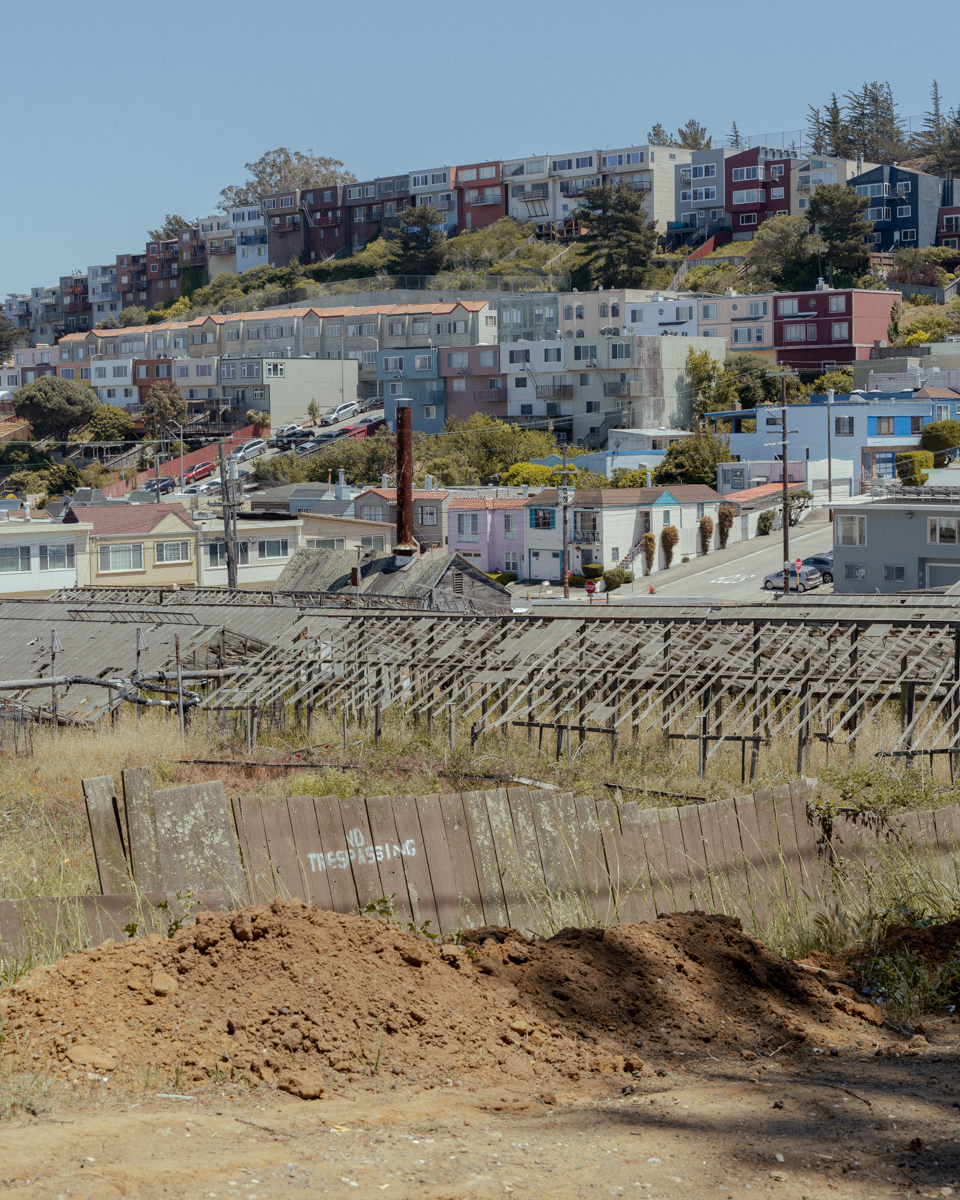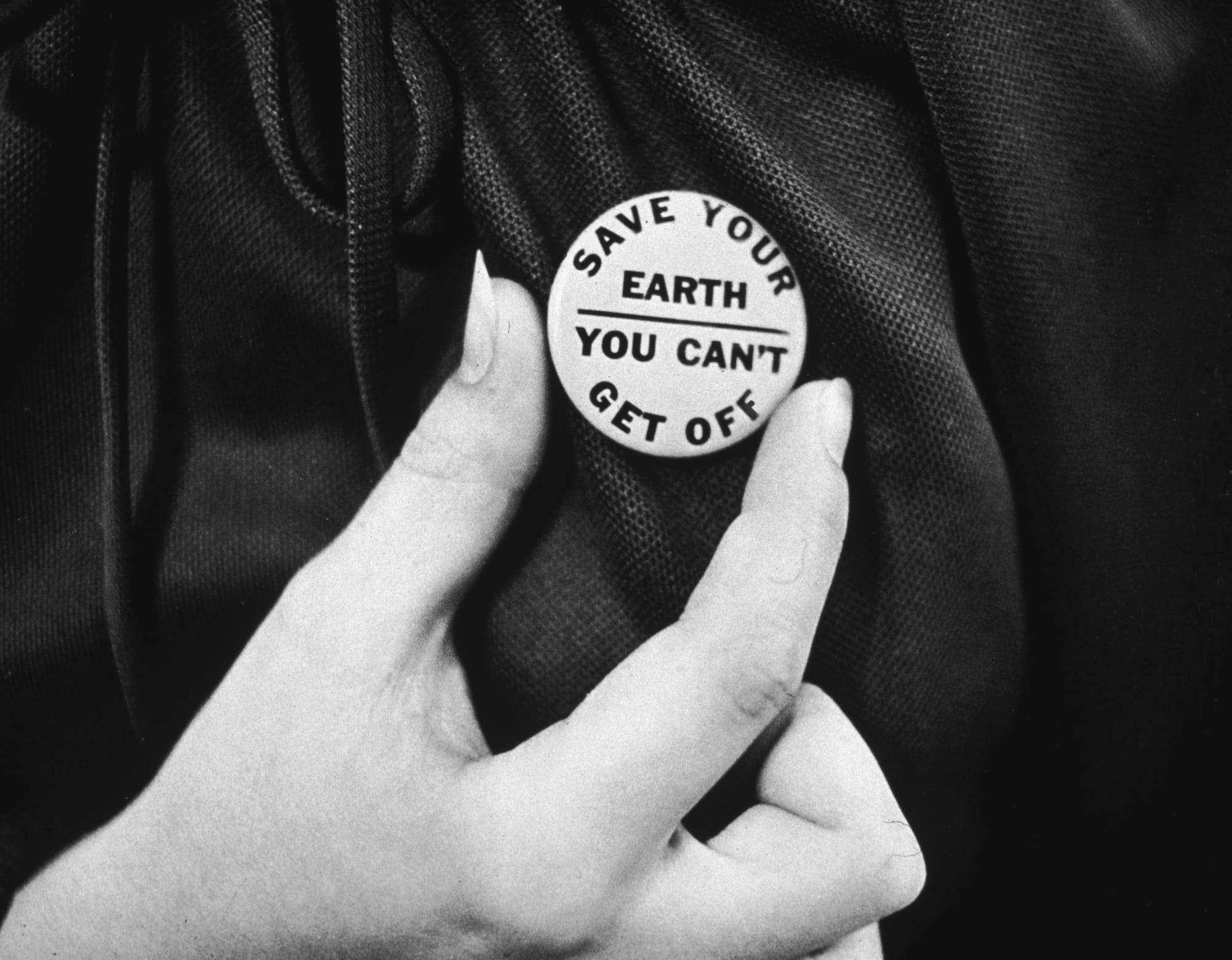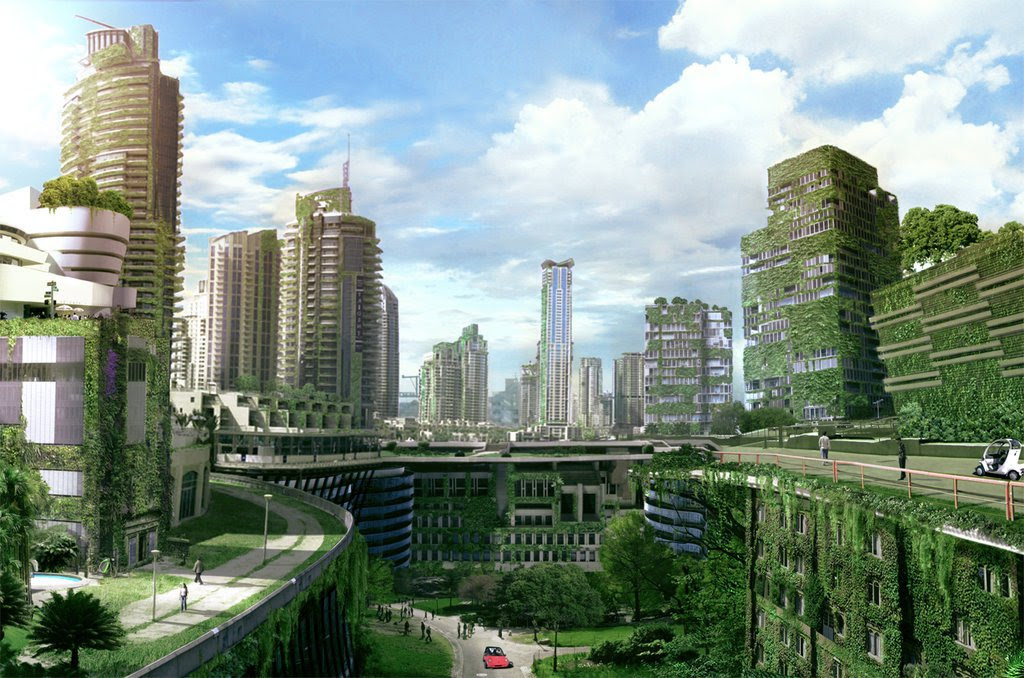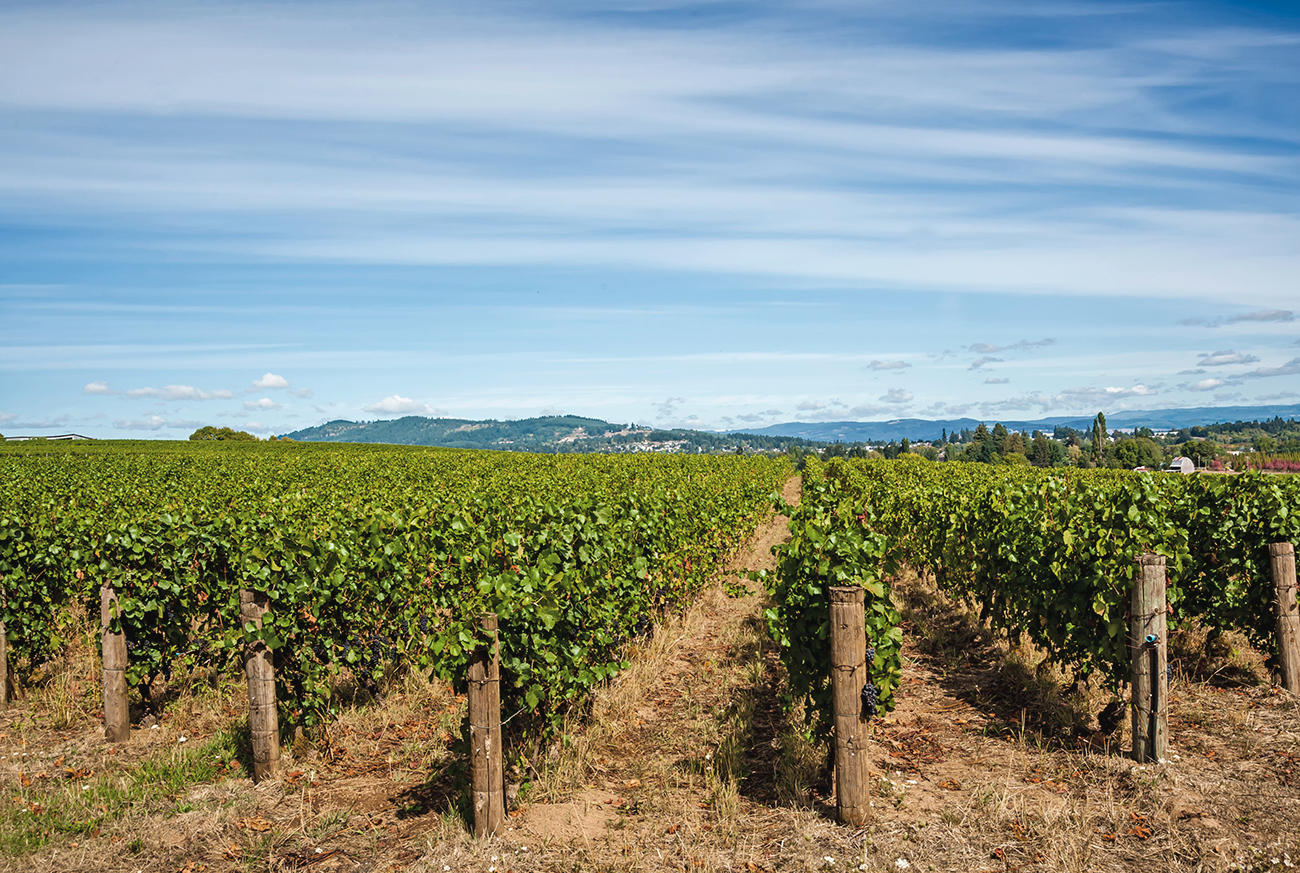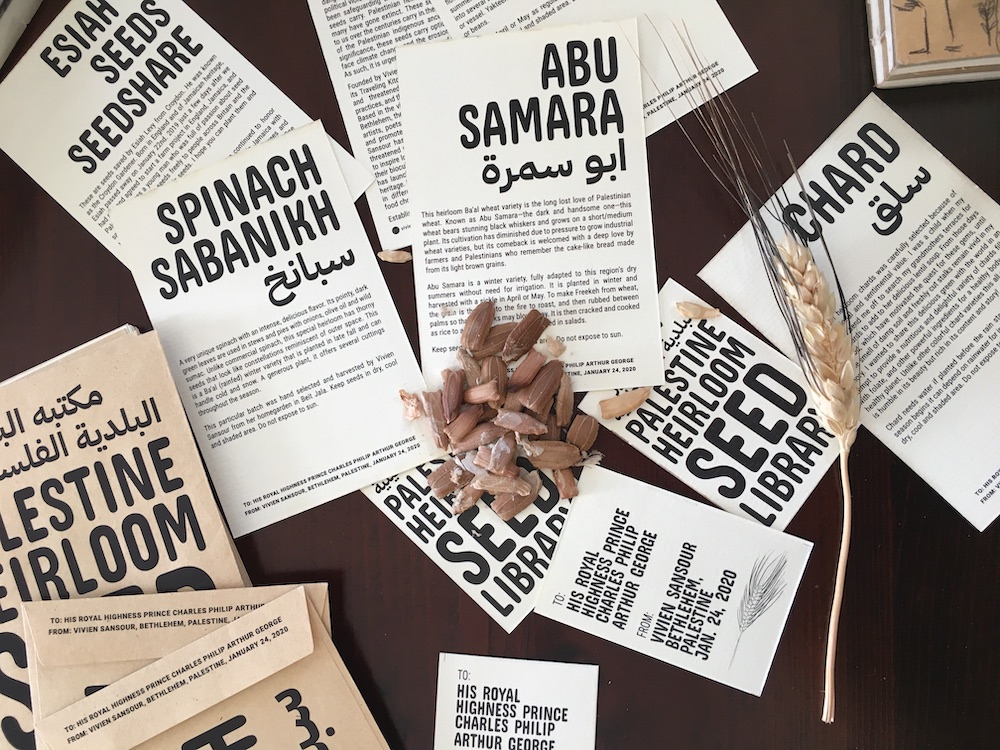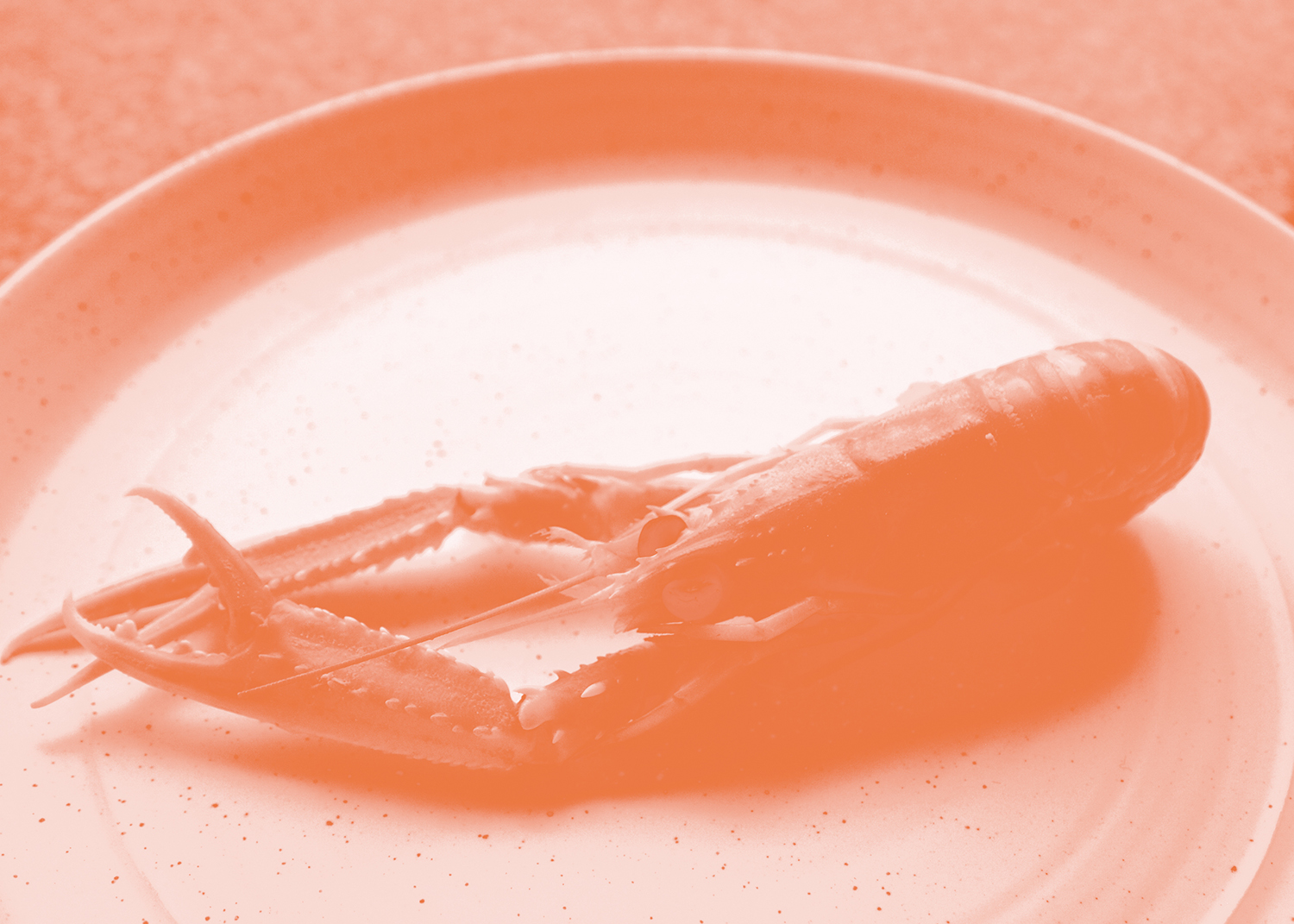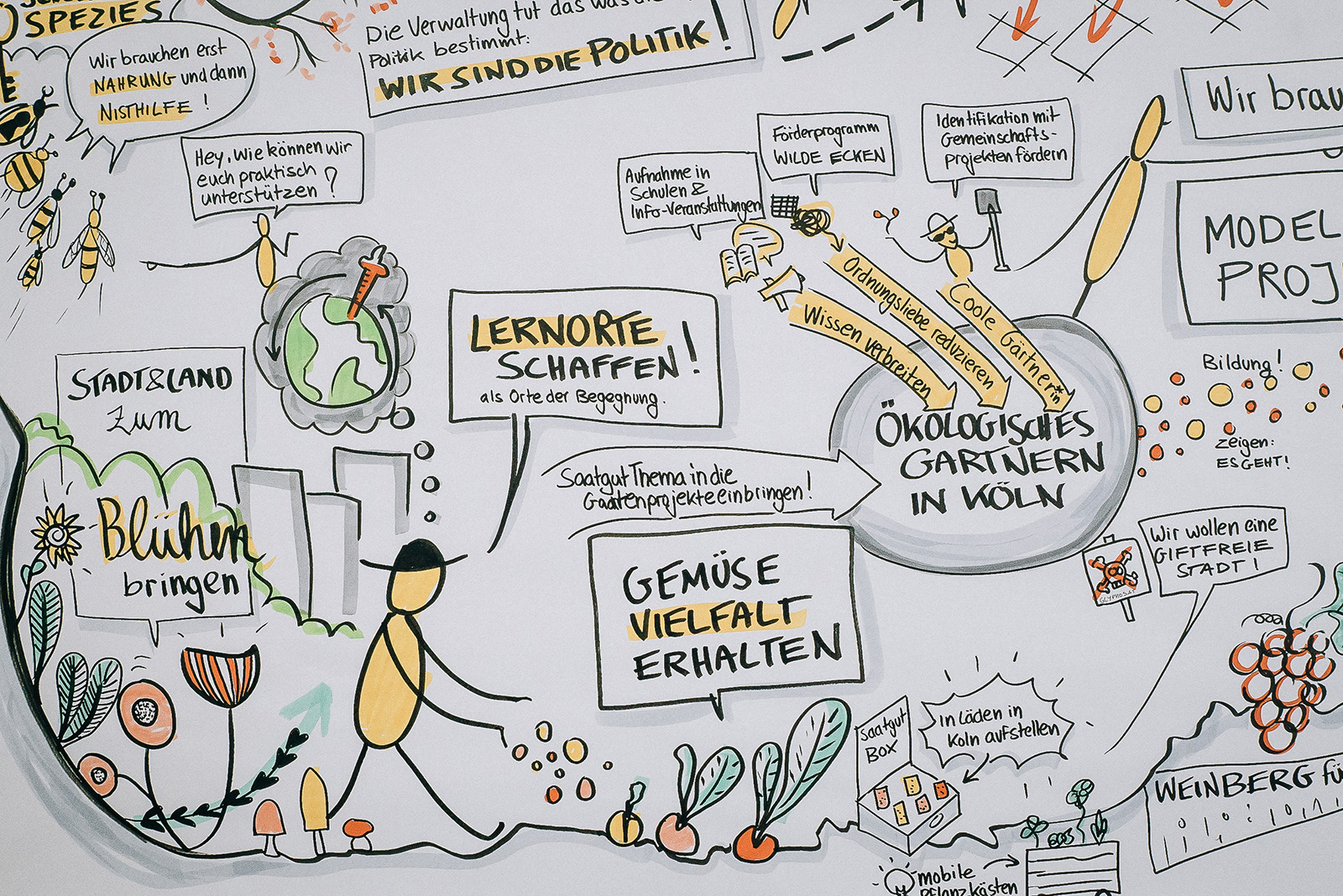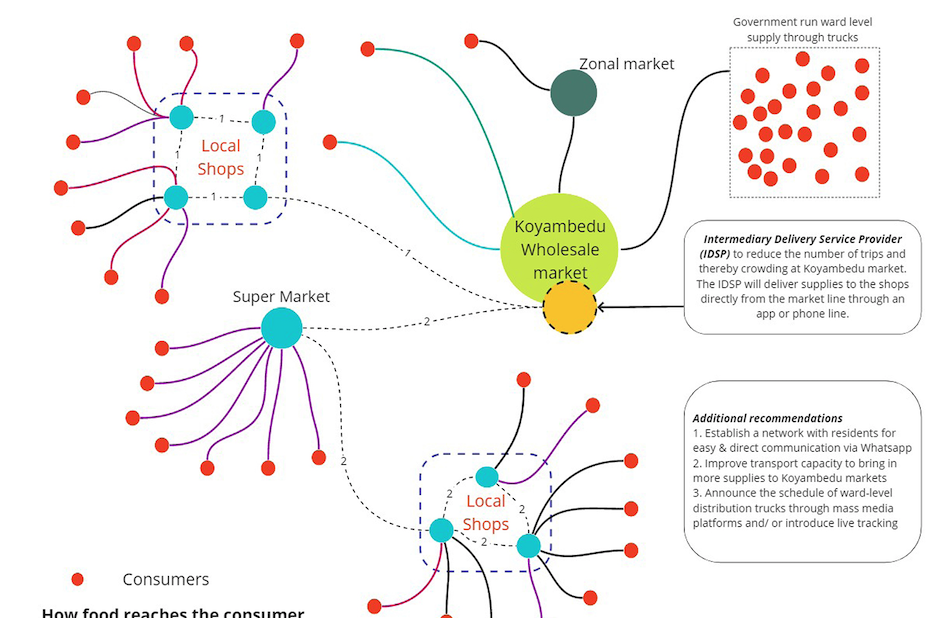When asked about what the future of farming looks like, Caleb Harper imagines a world filled with data scientist farmers, roboticist farmers and plant chemist farmers. The director of the MIT Media Lab Open Agriculture Initiative (OpenAg), Harper is an engineer with a background in architecture and a son of an agricultural family (his father is in the grocery business and they have family farms in Kansas and Texas). In 2015 he introduced the world to his “personal food computer,” a desktop-sized box that uses robotic systems to control and monitor the environment, energy usage and plant growth within the growing chamber.
Beyond the variables that can be controlled including carbon dioxide, air temperature, humidity, dissolved oxygen, potential hydrogen, electrical conductivity, and root-zone temperature, an active and passionate community of over 2500 people spread across 62 countries have rallied around the open source platform. As a direct result of community feedback and the collaborative nature of their open source approach and focus on establishing a data common, yesterday, the team released the Personal Food Computer 3.0 (PFC_EDU), a scaled down version of the PFC in cost, size and complexity based on feedback from the groups educator advisory board and testing in schools and libraries.
In anticipation of PFC_EDU’s launch and their upcoming talk at reThink Food conference at the CIA’s Napa Valley campus November 7-9, we spoke to Harper and Hildreth England, Assistant Director of the OpenAg Initiative, about the importance of open source, engaging the nerd farmers of the future, and establishing a data commons around how environmental factors influence a plant’s characteristics.

MOLD: Let’s start with the mission of the Open Ag Initiative, which is to improve the food system by creating an open source hardware, software and data common. Why open source and why the focus on lowering the barrier for entry to farming?
Caleb Harper: Open source is great for a lot of things. Open source is a great way to gather a large community together around a project very quickly and it’s a great way to connect them so that they can work on the project anywhere in the world across language barriers, across technical skill levels at the same time.
This is why the Human Genome Project is open source. This is why the internet and HTML is open source. Let’s call this the “techie” reason. The more philosophical reason or theoretical reason that relates to food, is so much of our information about food has become opaque and closed over the last 30 to 40 years. As science moves from federally funded open knowledge gathering to less federal funding in food, while corporate funding coming into food and that knowledge not necessarily being available when it was created. I think that effect has been so profound in that the closed source of a lot of advancements in science related to food has created an extreme distrust. And that’s on the side of the consumer.
We’re trying to think of ways that a new food system would be fundamentally based on transparency and open information and that’s exactly what open source is about. From a perspective of future food systems, anything that is not transparent or keeps scientific advances behind closed doors will have a very hard time gaining any consumer acceptance. The more information that we can produce, the more people we can get involved from a diversity of backgrounds, we think that’s how we work towards a better future.
 The Personal Food Computer 3.0 or PFC_EDU, is a collaborative design with educators who have been testing and sharing feedback on the PFC 2.0 for the last year.
The Personal Food Computer 3.0 or PFC_EDU, is a collaborative design with educators who have been testing and sharing feedback on the PFC 2.0 for the last year.
MOLD: And why the focus on early or why the focus on the barrier to entry for farming?
CH: I’m the son of an agricultural family. And my story, which is being told “don’t do food, do something else, do something with technology that’s part of your generation,” I think is a very commonly heard story, not just in the United States for young people, but across the world. And so, we think a lot about that next generation of farmers and what will they look like.
We think that they will be data scientist farmers or roboticist farmers or plant chemist farmers. So, we focus a lot on that and it’s mostly building the interface for a person who’s interested that is from a digitally native background and to give them tools that they can pursue their interest in the food system. It’s a kind of barrier when you think about working in the food system, but you say, “Okay, well, I’m not a farmer. I don’t want to do X, Y or Z. It’s not my thing.”
The reason we call it food computers, food computing and eating digital is to show people how they could interact and how they could be a part of building that future with the skill set that they’ve acquired.
MOLD: You first introduced the food computer in 2015 it cost about $3000 and then introduced the $300 dollar version in 2017, which is an incredible leap for something that’s so technical that’s connected and has a lot of sensing equipment.
Hildreth England: There’s an important point of clarification there. The OpenAg community introduced the $300 dollar food computer. That’s not something that came out of MIT. That was a community who ran with our open source material and developed their own version. It was designed by the community with the intent of trying to find a way to get more folks involved at a lower price point. That was completely community driven and community sourced.
CH: The community response was, “Look, we love this, but maybe we don’t have the technical background to build, at the time, what we called PFC 2.O. Or it’s a cost issue because it costs $3000 dollars.” And so, the community got together—and by community we mean literally a global community that has grown out of our work that’s spread in 62 countries across 2500 people. And that particular community member was based in St. Louis that led the charge and said, “Look, maybe the device that we develop can’t have as much sensing or not as much control, but our goal is to slash it down as cheap as we can get it.” That’s where what they call the MVP, minimum viable product food computer, was born and it’s still in prototyping and still being tested. So, it shows you how going in, releasing your tools, releasing your information, can inspire the creation of things inside of an open source community.
By the way, there’s other ones.
 The PFC MVP was an initiative spearheaded and developed by the OpenAg community.
The PFC MVP was an initiative spearheaded and developed by the OpenAg community.
HE: One educator in South Korea modified it and created his own user interface to teach a college course to his students about becoming involved in food production rather than just being involved in food from a consumption standpoint.
MOLD: Beyond the modifications from the community, one of the primary goals is to create a database of information that people can access. What are some of the most exciting learnings that you’ve collected from the project in the past three years?
CH: A lot of things! First of all, the data project we call Open Phenome, the idea of building an open source data commons about the phenomena or what people call climate, and how it effects plants. That means that as people bring their machines online, the food computers, food servers or now our tree computers, all connect to a Google Cloud back end. Their data is stored alongside the data of everyone else with devices like theirs. We believe that the more devices producing, the more data that’s comparable, the more that we can use things like machine learning and artificial intelligence to start to understand more about the relationship between environment and plants.
From a surprising learnings perspective, there is a farmer on the network that is working on growing moringa trees. They are a farmer in Africa, but he or she is interested in that as part of her community’s future. There are other folks that are much more interested in space. So, they’re trying to grow with the idea of how would we colonize.
We released a paper recently where we used this whole suite of tools from the boxes to the data gathering to the machine learning to optimize essential oils and secondary metabolites associated with flavored basil. And we’ve been able to show that this process is possible.

HE: There’s flavor, which is closely correlated to the nutrient density of plants, which is a whole other angle of data that is interesting to lots of folks. And so, some interesting correlations can be made between optimizing the flavor of basil, but then also optimizing the nutrients available in plants that can correlate to a specific disease. So, versatilizing nutrition via climate—using the environment and the climate inside a food computer to create a plant that is producing just the right amount of nutrition for you and, let’s say, for treatment even of a specific disease state.
CH: Pretty early on, we had a teacher surprise the heck out of us. She was teaching a sixth grade class and they had three different bots (food computers). And when we worked with the teachers at that point, which was 2015, we didn’t really have a lot of ability to give them guidance on what to do with the food computers because we were just barely beginning.
This teacher actually used Farmer’s Almanac data from 100 years ago in Massachusetts and with her students, and let’s put this in air quotes, “created the climate of the past” in her classroom. They set the temperature, any variable they had that was consistent with Farmer’s Almanac data. Then they used current data to create the climate of the present and they tried to predict through climate change what the climate would be like in the future. We never thought of using these tools to advance understanding of how agriculture will change relative to climate change by literally simulating the climates of the future. That application purely came out of this brilliant imagination of a sixth grade teacher once she had access to this tool and was able to put her mind on it. And that’s, again, illustrative of why open source and why we want to engage a diverse group of people. If you go to our forum, you’ll see hackers and makers, but also homebodies and students and scientists alike trying to do different things on that same tool.

MOLD: How does the Media Lab uniquely support the Open Ag Initiative?
CH: The Media Lab is at its heart literally described by the current director as the anti-disciplinary, the intellectual misfits or the people that work between disciplines. And so, because we are working on future food systems and because future food systems touch every single discipline, everyone has something to contribute.
HE: Knowing that MOLD has a design readership, the arts and design component of the Media Lab is also contiguous to us. We have designers, speculative designers for example, who are looking at what plants’ relationships with humans are and trying to understand how to use a food computer for example for projects that are exploring human-plant relationships. There are projects proposed to us on a regular basis trying to understand how plant-human interaction might take place. And the Media Lab is one of the only places in the world that would allow academic exploration like that.
CH: One thing to note is that my background is in architecture and Hildreth’s background is behavior change. She is a designer, but the ways we would approach doing things is different, yet we can use the same tools. Every designer uses a computer for different things. Every designer can use food computers for different things depending on what they care about. And that’s why we call them food computers and not greenhouses or something else, is to elicit that curiosity and imagination.
In 2017, Harper and the team behind the project established a blueprint to provide ongoing support and resources to the network of Open Ag enthusiasts world wide. The OpenAg Initiative at MIT will continue focusing on research, the Open Agriculture Foundation, a 501(c)3 organization, will support the formal and informal educational projects in classrooms and libraries worldwide, and the OpenAG Holdings BCorp will administer any trademarks that grow out of the open source project.
